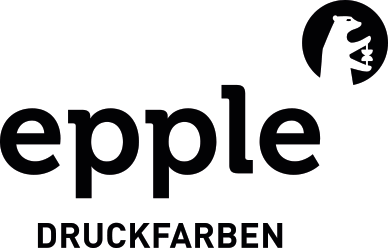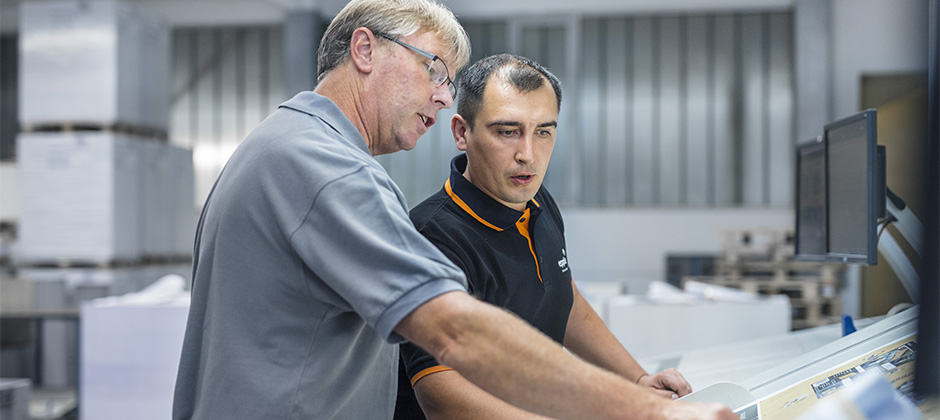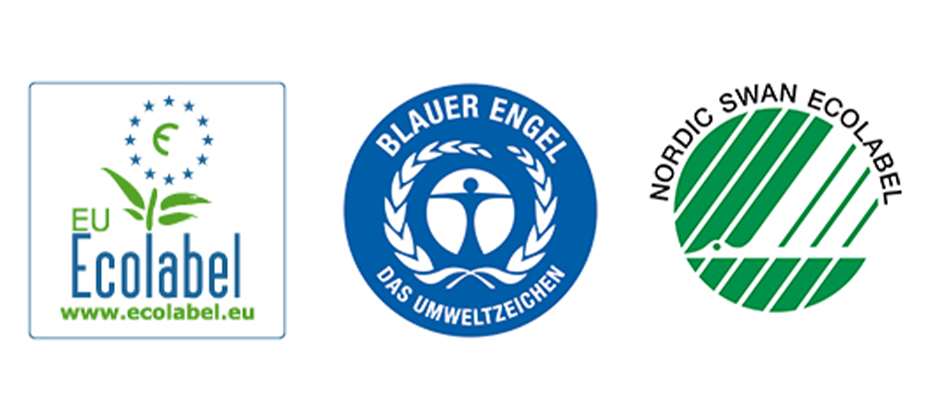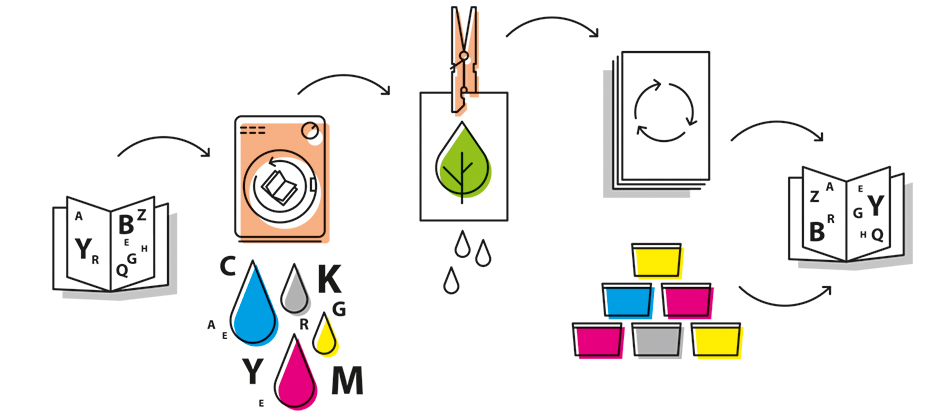Printing inks – an important factor in ecological assessment
The verifiable ecological assessment of a printing House will be even more in demand in the future; making integrally sustainable concepts the social focus.
Which parameters determine environmentally friendly printing production?
The ecological assessment in a printing house comprises the entire printing process including all involved components, the printed product and the operational environment. Included are presses and exhaust heat technology, material and energy flows, ink units and drying technology, printing material like inks and varnishes, blankets, washing and cleaning agents, IPA containing fountain solution, right up to logistics. One thing is clear: whoever implements energy and resources efficiently can improve their ecological assessment and reduce operating costs.
What role is played by ink systems in an ecological assessment?
A major role! Their interactive properties in production, their composition of renewable raw materials, as well as their processing and behaviour in recycling are all optimised and count towards the ecological assessment. Odour-free, migration harmless and without pollutants: printing houses and their customers are prepared for present and future ecological standards and EU regulations when using these types of printing inks.
As a printing house, do you want to analyse the sustainability of your printing production?
In this regard, Epple supplies profound knowledge about the primary sustainability of an ink system and its composition. Just as important is the secondary sustainability; the effect of the ink during processing: In this areae the application technology specialists from Epple possess special know-how. They advise their customers, because at the end of the day, printing houses that know their implemented ink system in-depth, can alleviate the concerns of their end customers and sell them their ecological printing requirements.










